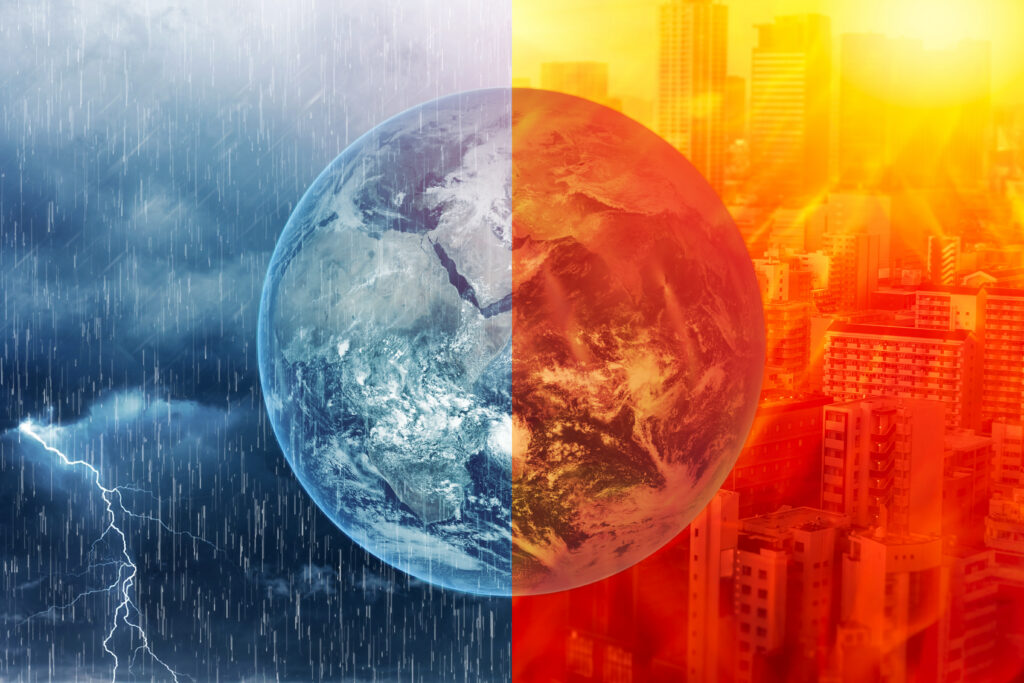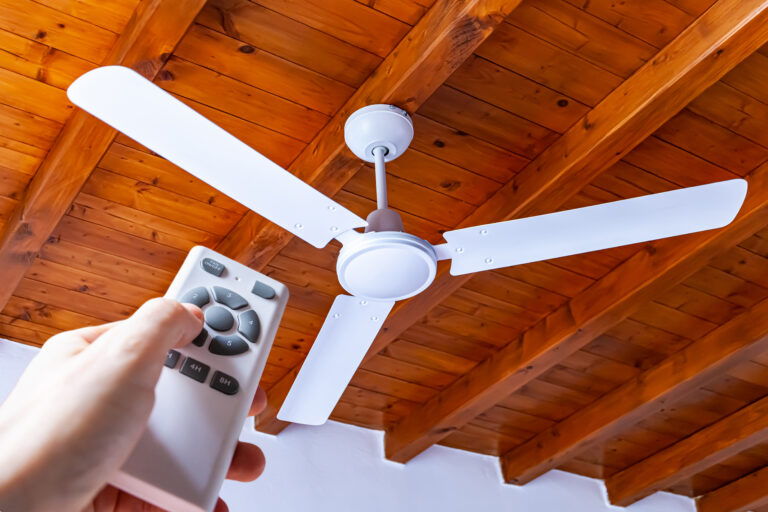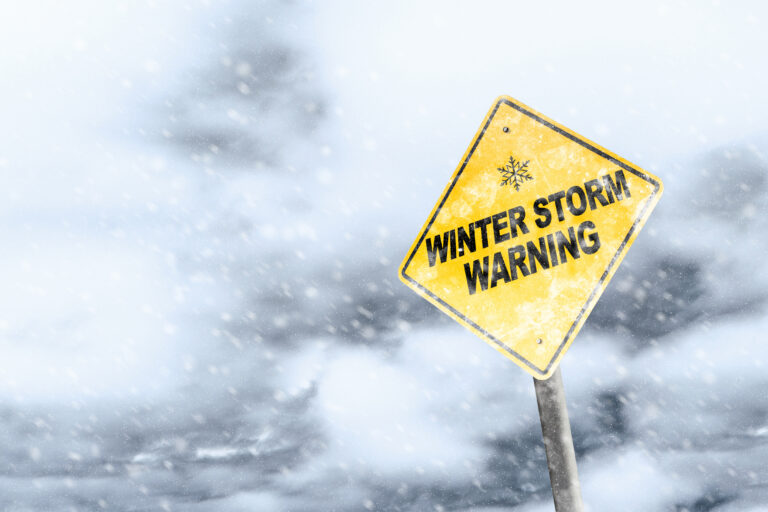La Niña Patterns May Shape the Final Months of the Year
As we approach the end of the year, forecasters are seeing signs that temperatures may take on a familiar pattern—one that looks a lot like a La Niña winter. While La Niña technically refers to cooler-than-normal ocean temperatures in the central and eastern Pacific, its influence reaches far beyond the tropics, often steering weather patterns across the U.S.
This year, even without a strong or officially declared La Niña event, the atmosphere is behaving like it’s under La Niña’s influence. That means we could see similar effects, including warmer-than-average temperatures in the South and cooler, wetter conditions in the Pacific Northwest and parts of the North.
What “La Niña-Like” Really Means for the U.S.
When La Niña conditions develop, they often cause the jet stream to shift farther north. This usually leads to a more active storm track across the northern U.S., while southern states experience drier and warmer weather. Although every La Niña is different, there are some reliable regional tendencies.
In a typical La Niña pattern, areas like the Pacific Northwest, the Northern Plains, and parts of the Great Lakes tend to see more precipitation and cooler air masses. The southern tier—from California to the Southeast—often ends up warmer and drier, especially during the late fall and early winter months.
Why This Pattern Matters as the Year Ends
End-of-year temperatures can shape everything from holiday travel to energy demand. A warmer South may delay heating needs in some regions, while colder air in the North could lead to early snowfall and icy conditions.
For agriculture, a dry southern pattern may stress winter crops or delay soil moisture recovery. In contrast, wetter northern areas could see more early-season snowpack, helping with water reserves but also raising the risk of flooding during rapid melts.
It’s Not a Full La Niña—But the Effects Are Familiar
Forecasters caution that we’re not necessarily entering a textbook La Niña event. Instead, the current atmospheric setup is showing La Niña-like behavior, meaning it mirrors the general effects without meeting all the technical criteria.
Ocean temperatures in the Pacific may be hovering near neutral, but the atmosphere above them is reacting in ways that suggest a La Niña-like pattern could dominate the coming weeks. That means we may see the impacts, even if NOAA doesn’t formally declare a La Niña.
What to Watch Heading Into Winter
If the current pattern holds, December could look very different depending on where you live. Northern regions should prepare for increased chances of early snow and cold snaps, while the South may see a continuation of warmer, drier conditions into the holidays.
It’s also a reminder that even without an official seasonal shift, climate patterns can still influence the daily weather in meaningful ways. The end of 2025 could feel more like the start of winter for some—and an extended fall for others.
Whether or not La Niña officially arrives, the atmosphere seems to be sending a message: expect the unexpected as the year winds down.


